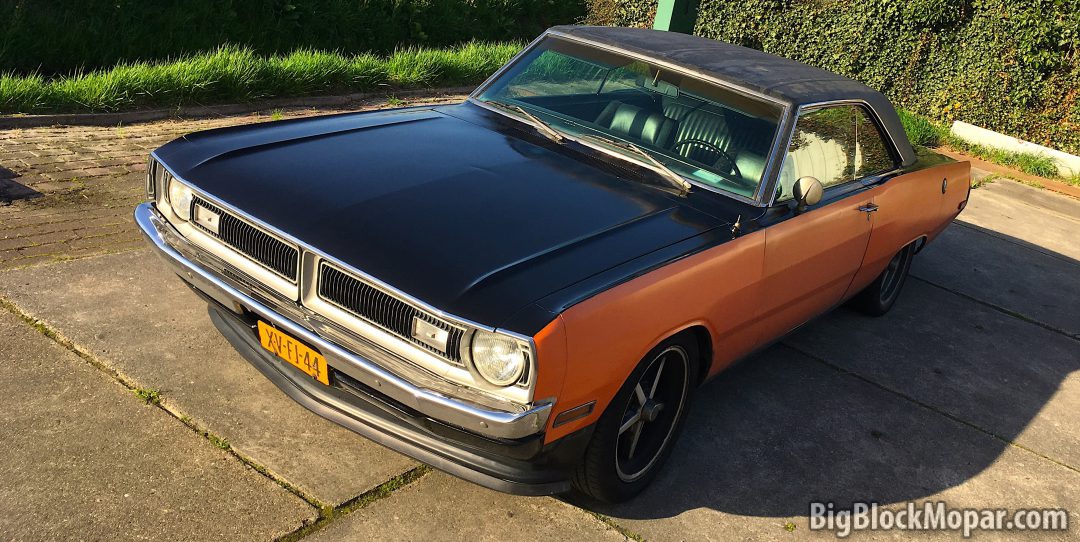Cold air intake and underhood airtemp are actually to be seen a bit as different things.
You don't change underhood temps by installing a cold air system. Your engine (performance) wants cool air as its more dense and this is what can make more power.
During driving, underhood temps will usually drop or stay low, but it's only the 'air' that is being replaced with cooler air.
When underhood parts have heated up, they don't cool down as quick.
This is when underhood airflow control comes into play.
The trick is to properly 'vent' hot air from the engine bay, and not try to cram in more outside air.
This is why the front of older cars start to lift and steering gets scary light when driving at high speeds. Air is just 'stacking up' in the engine bay and can't flow out quick enough. The car is almost riding on a cushion of air between the front wheels.
If you look at modernday cars, most all of them have heatshields around the exhaustmanifolds.
Just look at the 3rd gen 6.xL Hemi's, which have 'shorty' headertubes, enclosed in a sheetmetal covering to retain heat inside. Part of this is maybe for emissions as well as hotter exhaust going into the cat makes it more efficient.
Another thing that's very helpful (and just about every car has these days) is some sort of front airdam.
This creates a low pressure area behind it which helps 'sucking' out hot air from the engine bay (and lessen air turbulence under the car).
I've created a cold air intake on my daily '73 Dart, as well as an front airdam and my engine temps are pretty always about 10-20°F below the thermostat's temp rating.
Only when I'm driving/sitting in traffic is when the engine temps gets around or little over the thermostat temp.
My cold air entry is just next to the radiator facing forward to the grille.
Another thing I noticed with the cold air intake, is the engine doesn't tend to feel 'a bit lazy' anymore after everything is warmed up.


